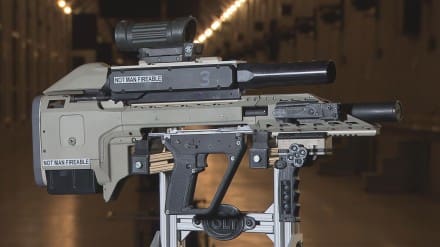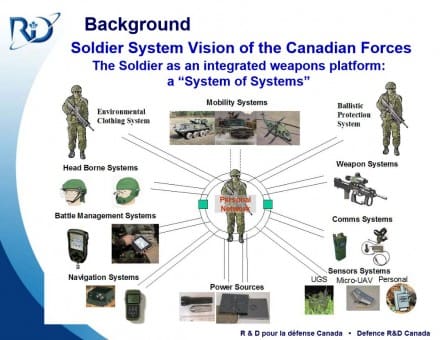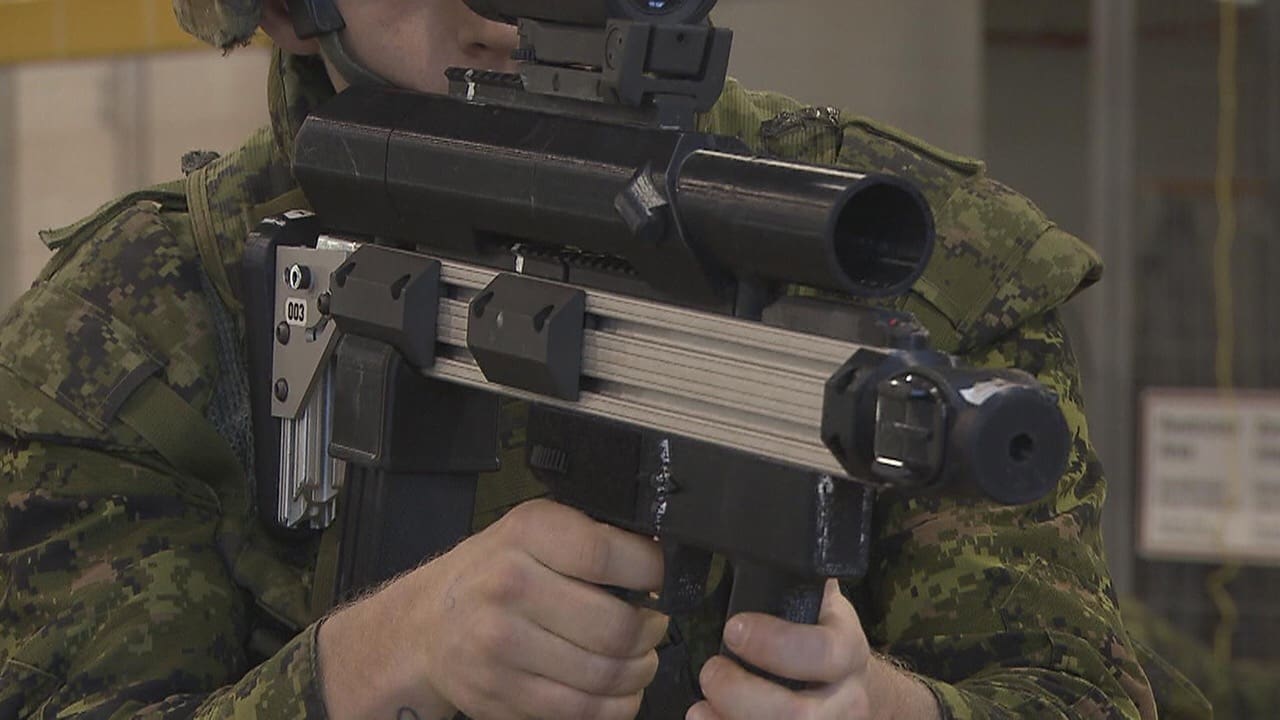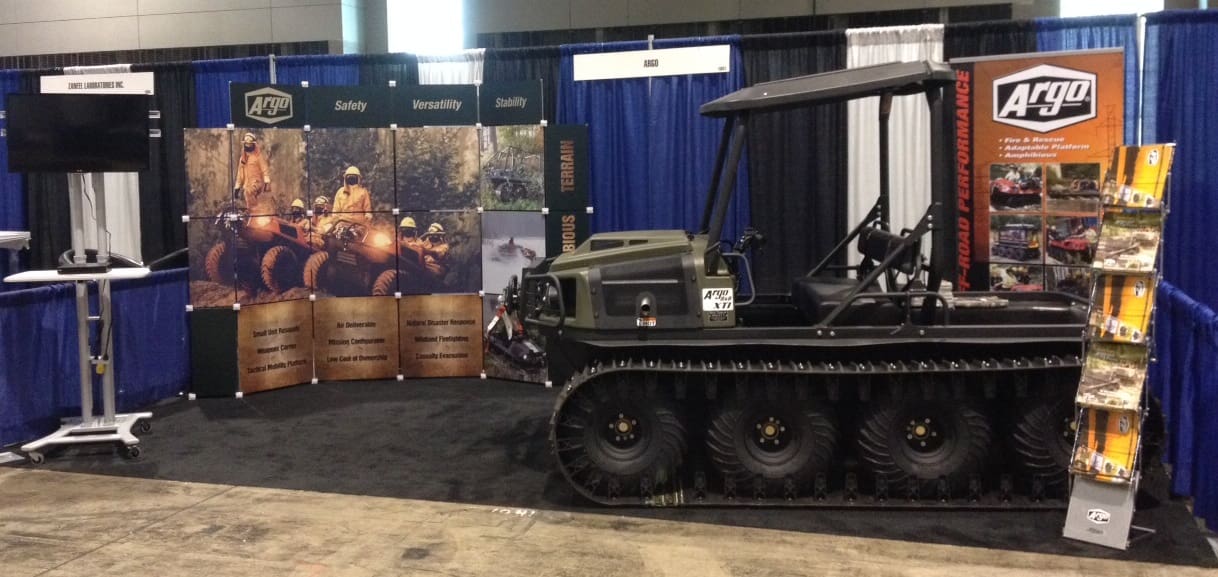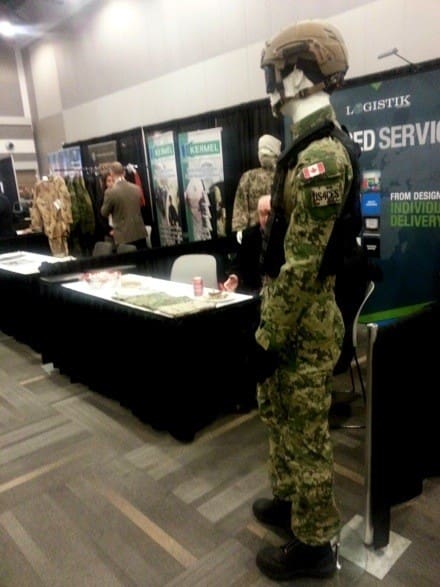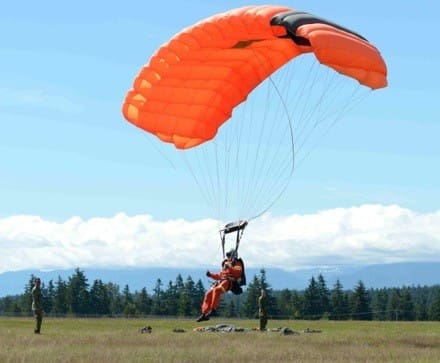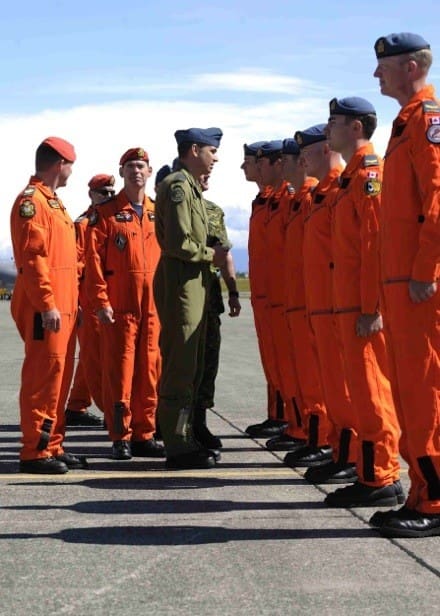Public Works Canada has issued a tender for a Sniper Body Armour System. The details are below, but they only want 319 systems with an option for up to an additional 240 systems over the following 36 months. With numbers that low, it seems like a waste of resources to issue a tender. Just buy something off the shelf from a five eyes partner. However, they are looking for Canadian content here, so if two or more Canadian companies bid, they won’t consider outside bids.
They explain thier requirement:
The sniper community currently has access to the in-service Fragmentation Protective Vest (FPV) that is worn by all Canadian Forces (CF) members. The in-service FPV is an all-in-one system, meaning the soft armour and in-service Bullet Resistant Plate (BRP) pockets are part of one garment. While the in-service FPV provides excellent ballistic protection, it hinders the snipers ability to operate effectively due to its bulk and restricted range of motion. Therefore it was determined that snipers require a less restrictive garment that allows flexibility of protection and movement based on operational needs.
The Sniper Body Armour System (SBAS) to be delivered under this contract is composed of three components. The first component is the SBAS External Carrier (SBAS EC) that will hold the SBAS Ballistic Panel (SBAS BP). The second component is the SBAS Plate Carrier (SBAS PC) that will hold the in-service BRP. The third component is the Bilingual User Instructions Card that provides important information related to sizing and wearing/caring for the SBAS.
The SBAS will provide ballistic protection to members of the sniper community with improved flexibility of movement and protection options. The sniper will wear individual components or both to maximize ballistic and fragmentation protection.
Quatities:
Item 01 – Sniper Body Armour System (inclusive of all related components) – quantity: 319 units
Options:
This requirement also includes options to purchase additional quantities as follows:
Item 02 – External Carrier Rear – estimated qty: 140 units
Item 03 – Ballistic Panel Rear – estimated qty: 140 units
Item 04 – External Carrier Front – estimated qty: 140 units
Item 05 – Ballistic Panel Front – estimated qty: 140 units
Item 06 – Plate Carrier Rear – estimated qty: 140 units
Item 07 – Plate Carrier Front – estimated qty: 140 units
Item 08a – Sniper Body Armour System (inclusive of all related components) – estimated qty: 240 units
One of the things I really appreciate about Public Works is that they are very specific about how they will evaluate a candidate’s bid proposal. For example, go take a look at this Technical Evaluation Workbook. If only the American acquisition community were so transparent.
Read the full details of the solicitation here.


